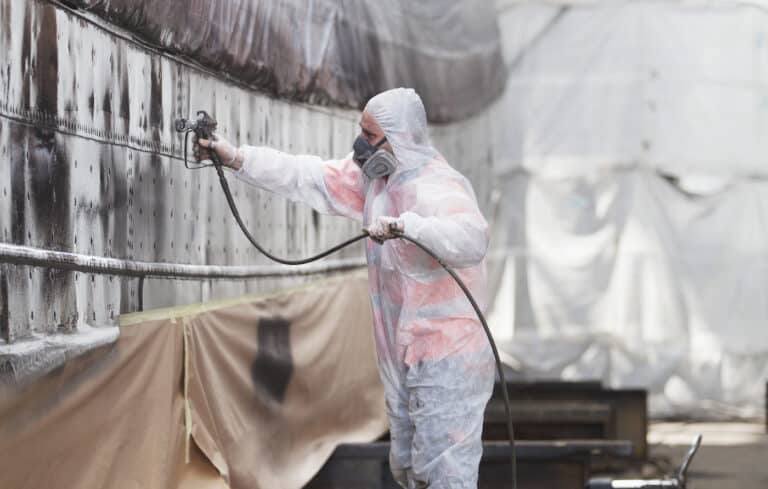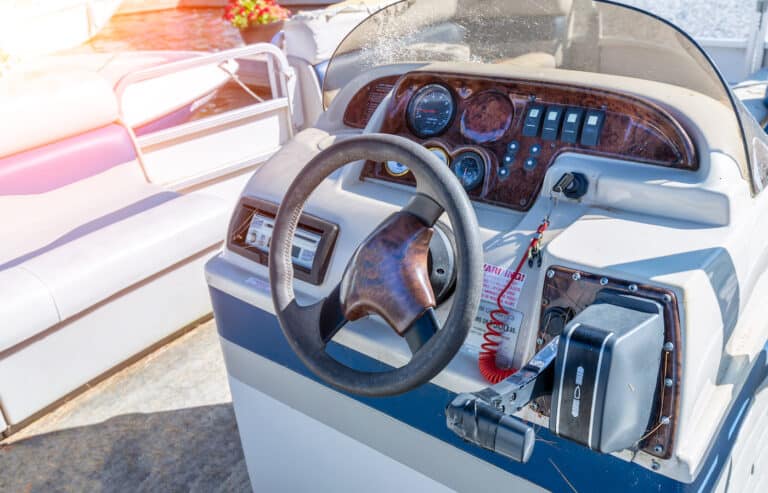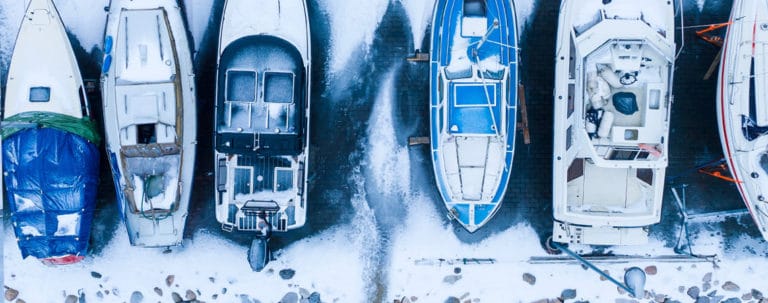Affiliate Disclosure: Some of the links in this post are affiliate links. As an Amazon Associate, we earn from qualifying purchases. Read our affiliate policy for more information.
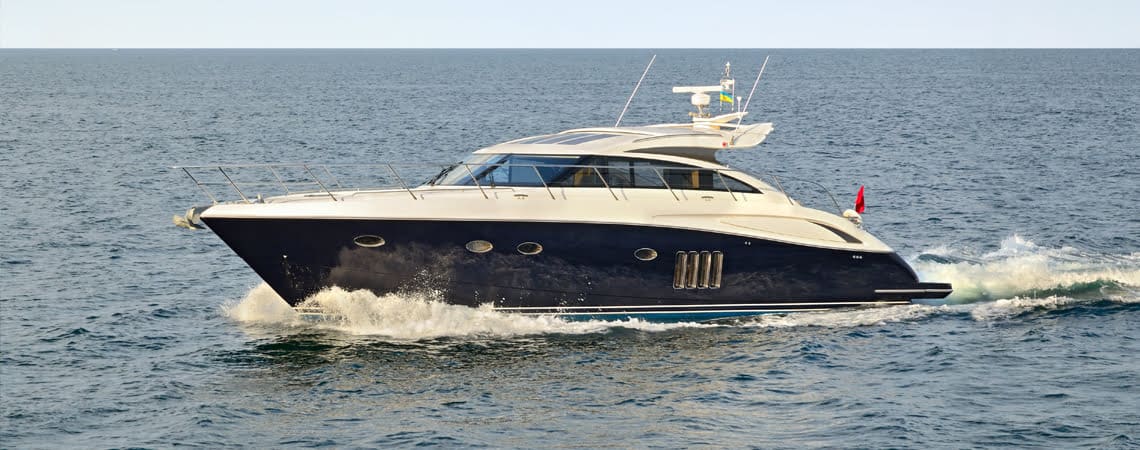
Boat Won’t Go Over 3000 RPM Under Load – Reasons and Actionable Tips
Your beloved boat won’t go over 3000 RPM under load all of the sudden? Issues like this can be really annoying – everything seemed fine yesterday, but now, you will have to dedicate precious time to troubleshooting your boat engine!
Well, in this guide, we’ll help you with that. By the end of this guide, most of our readers should know exactly what is wrong with their boats!
Possible Reasons Why Your Boat Won’t Go Over 3000 RPM Under Load
If your boat engine won’t go over 3000 RPM, then it could be due to a bunch of reasons. With that said, most likely, you are dealing with one of these:
- You may have a prop that is unsuitable for your boat.
- There may be debris on or around the propeller.
- Your prop assembly may be damaged.
- Your neutral safety switch may be bad.
- Your fuel may be in bad condition.
- Your cylinder compression may be too low.
- Your carburetor may be defective or dirty.
- The boat engine may be overheating.
- Your ignition system may have gone bad.
Troubleshooting Engines Not Reaching Full RPM
Now, let’s have a more in-depth look at how to fix your sterndrive or outboard not reaching full RPM.
We’ll cover a few general solutions of troubleshooting RPM issues. They should work in most cases, but your mileage may vary depending on the true cause of your problem.
By the way, these tips aren’t specific to 3000 RPM – they could also help you if your boat won’t go over 2000 RPM under load. But if your RPM is so low, you may have more serious issues with your vessel.
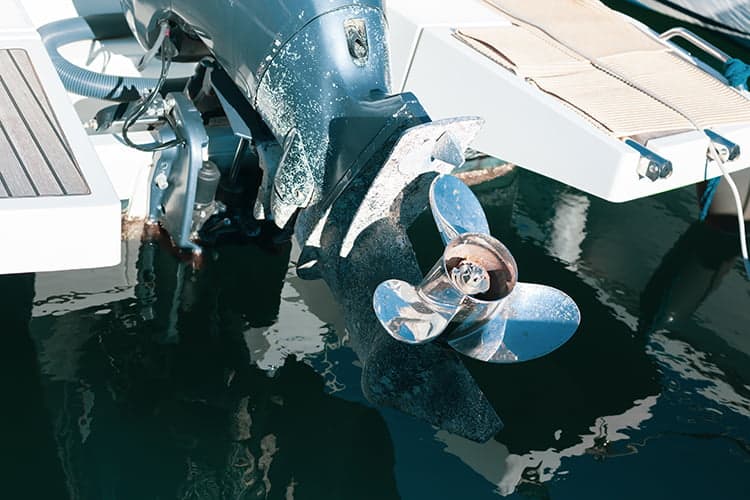
1. Badly Chosen Prop
In most cases where you are getting low RPM, a badly chosen prop will not be the cause. However, if you have a new boat, it’s possible that you’ve chosen components badly.
Here’s how RPM changes with propeller specs:
- Every additional inch in propeller diameter reduces RPM by about 500.
- Every additional inch of blade pitch reduces RPM by about 150-200.
With that in mind, If you have a propeller that’s too big or has a high pitch, then you may be falling below 3000 RPM. However, given that modern boat engines reach 6000 RPM, you have to grossly mis-size your propeller to have issues with RPM.
So, your propeller choice is probably fine, but you may check it anyway.
2. Debris on Your Propeller
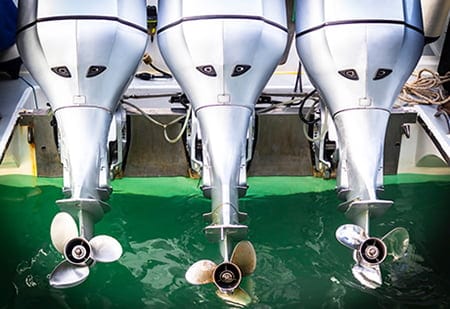
In our opinion, if we don’t count the wrong prop problem, this issue is the easiest to troubleshoot and fix since you can visually check the condition of the propeller.
Just have a look at the prop assembly – if anything is interfering with the propeller, remove the debris. If you don’t see anything, then you could take the boat out of the water and visually inspect the prop.
3. Damaged Prop Assembly
A damaged propeller is a big deal because it will not allow your engine to operate efficiently. Fortunately, it’s not too difficult to detect and fix.
Here’s what you should do to troubleshoot your propeller:
- Take the boat out of the water and have a look at the propeller blades. The blades should not be cracked, chipped, bent, or damaged in any other way. Carefully inspect the blades to determine their condition.
- Even if there is no visual damage on the blades, you should measure the blades. If the prop blades do not have the same dimensions, then they are damaged (most likely bent).
- Check out the shaft of your boat propeller. A bent shaft will vibrate, not allowing the motor to reach its peak RPM. You should also be able to detect a bent shaft by having a look at the prop assembly from the side.
- Finally, the hubs of your propeller may be damaged as well. Hubs wear out with use, so if you have a decade-old prop, this is probably what you are dealing with.
If you do determine that your prop is damaged, then you should just replace it. If the propeller blades or shaft is bent, you may try to bend them back, but you probably won’t be able to do so accurately.
4. Bad Fuel
A fairly common reason for low RPM is bad fuel.
In the US, gasoline usually contains 10% ethanol. This is done to oxygenate the gasoline and allow it to burn completely. As a result, you are getting lower emissions and perhaps better efficiency.
However, ethanol also causes a whole bunch of problems down the line. Most importantly:
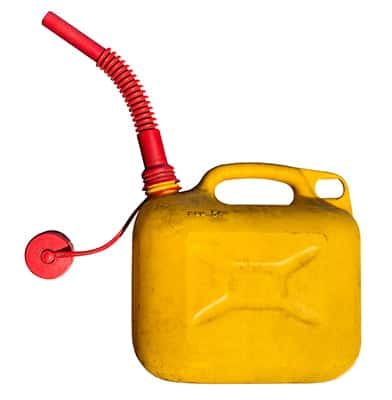
- Ethanol may get stale. Stale gasoline gets less volatile over time, meaning that it combusts with more difficulty. This is actually the easiest problem to solve – you either need to replace the fuel or just use up your old fuel and replace it with fresh gasoline.
- Ethanol attracts moisture. Ethanol draws moisture out of the surrounding air.When the moisture- content in gasoline increases, water along with the ethanol sink to the bottom. This will impair the ability of the fuel to combust fully.
- Moisture attracts microbes. Moisture in gasoline may foster the formation of germs and bacteria in your fuel tank. If not treated for a long time, bacteria may clog your engine.
- Moisture causes rusting. Your gas tank may also rust from exposure to moisture. And although rust may not directly impact your RPM, it is a serious problem that needs to be promptly treated.
To troubleshoot fuel issues, you should use up or drain your fuel and have a look at the tank. If the tank seems fine, then just refill it.
If you see any mold, rust, or gunk inside your fuel tank, then you may attempt to clean it. In the worst case, if you don’t manage to remove the dirt, you will need to replace the tank.
Once you’re hopefully done fixing your tank, make sure to maintain it. Prevention is your best solution.
To avoid water contamination, you should keep your tanks full. This will minimize the amount of air inside.
5. Poor Cylinder Compression
It’s also possible that you have leaky rings or valves. Your cylinders might be physically worn out too.
No matter the cause, if your cylinders do not deliver proper amounts of pressure, then they will not be able to efficiently compress the fuel to generate energy.
How do you detect issues with compression? Well, you need to perform a compression check.
Unless you have the right tools, you should entrust this procedure to a professional. Compression checks may be dangerous if you don’t know what you are doing, so we’d suggest refraining from DIY checks altogether.
In modern two-stroke outboard engines, the compression should be above 90 psi. Aside from that, several checks should be performed – if the readings are more than 10 psi apart, then there’s something wrong with your rings or valves.
If you get inconsistent or low readings, then have a mechanic inspect the cylinders. Then, proceed in accordance with the information you get.
6. Damaged or Dirty Carburetor
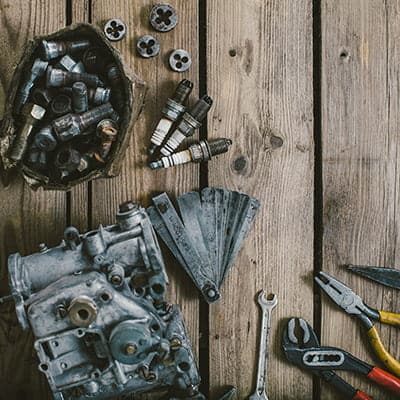
The purpose of a carburetor is to mix air with fuel for combustion. Needless to say, the condition of your carburetor is directly connected with the performance of your boat engine.
Among the telltale signs of a dirty or damaged carburetor are:
- Slow engine start.
- Poor idling quality.
- The slow transition from idle to mid-range RPM.
- Cylinders misfiring.
- You see no fuel when removing the drain screw from the bottom of the carburetor.
Depending on the condition of your carburetor, you may need to do the following:
- Run a carburetor cleaner through the carb. In less severe cases, this will solve the issue. Get yourself something like the Berryman B-12 cleaner and follow the instructions on the container to get your carb cleaned.
- Disassemble the carburetor and clean it.
- If you find out that your carburetor is defective during cleaning, then you will have to replace it.
7. Overheating Engine
Overheating may also cause inadequate RPM, but the bad thing about high engine temps is that there are a lot of possible causes for them. Most commonly, overheating is caused by:
- Bad impeller, manifolds, or risers.
- Bad spark plugs.
- Damaged or dead water pump.
- Damaged thermostat.
- Low or aerated engine oil.
If you don’t really understand what any of these mean, you should take your boat to a mechanic and let them troubleshoot the issue. Otherwise, you could try to detect the root of the problem and fix it yourself.
Go through the engine components listed above and check their condition out. If anything seems wrong, you may need to replace a few components.
By the way, many people have too much or too little oil in their engines. Overly high oil level is especially dangerous because many people don’t realize that it’s actually bad. If you have too much oil in the engine, then it may get aerated and perform way worse than you might be thinking.
Oil level won’t necessarily be the cause of your issue, but you should pay particular attention to it since many people make mistakes there.
8. Bad Neutral Safety Switch
If your boat has worked fine for some time and suddenly started acting funny, another possible cause is a bad neutral safety switch. You may find it inside the motor, but the exact location will depend on your engine model.
In some cases, disconnecting the neutral safety switch will solve the problem. Here’s a video demonstrating how to do this on a Mercury outboard.
However, if you do determine that unplugging the neutral safety switch solves the issue, you should replace it. It’s a handy safety feature and should not be left off.
9. Issues with the Ignition System
Issues with ignition may be detected with a spark tester, but unless you know what you are doing, you should not attempt to troubleshoot ignition issues on your own. You’ll have to purchase a spark tester, first of all, and you’ll then need to correctly set it up to perform the check.
But if you do want to give a spark tester a shot, here’s how to check your ignition system:
- Remove the coil wire.
- Mount the spark tester in the center tower of the coil.
- Connect the tester to the engine ground.
- Ignite the boat engine. If everything is alright, you should see a spark. Otherwise, there may be something wrong with your spark plugs.
Your spark tester should come with its own instructions, so make sure to follow them carefully.
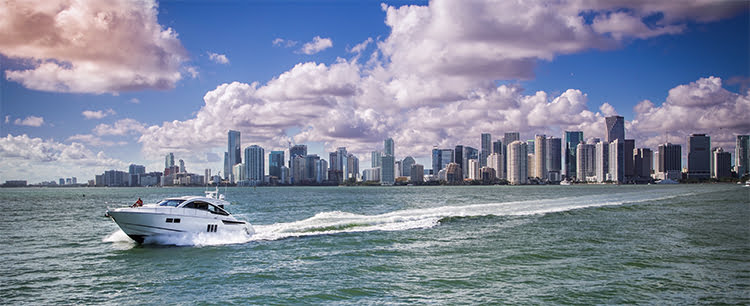
Frequently Asked Questions
How Many RPMs Should a Boat Run at?
In modern marine gasoline motors, the RPM usually goes up to 4800-6000 at full throttle. However, the optimal speeds for cruising are between 3400 and 3800 RPM.
Is it Bad to Run an Outboard Engine at Full Throttle?
You should not have any issues in the long term if you are rigged correctly and regularly perform boat maintenance.
With that said, running at full throttle may shorten the lifespan of your outboard (and any other boat engine for that matter), and you may decrease your fuel efficiency. But this depends on the design and quality of your engine components.
How Much Does Prop Diameter Affect RPM?
With every additional inch of prop diameter, your RPM will go down by approximately 500.
Boat Won’t Go Over 3000 RPM Under Load – Final Words
Our tips should be able to help boat owners in most cases. However, the situation of our readers may be unique, so we cannot provide a one-size-fits-all solution that will fix the issues of absolutely everybody.
Boat engines are intricate mechanisms, and a lot could be going wrong with your setup.
If nothing helps, then you should probably take your boat to a mechanic. You should also address a professional if you have little technical knowledge – if you try to troubleshoot your boat on your own with zero experience, you may miss crucial details or make matters even worse than they are.
Switching out your motor would be the last option if your boat won’t go over 3000 RPM under load no matter what. But be ready for this course of action.
Thanks for reading, and we encourage you to read the other posts on our blog.
References
- Boating Magazine – How To Remove an Inboard Boat Propeller
- US Department of Energy – Ethanol Fuel Basics
Disclaimers
All product names, logos, and brands are property of their respective owners. All company, product and service names used in this website are for identification purposes only. Use of these names, logos, and brands does not imply endorsement.
It is our policy to make every effort to respect the copyrights of outside parties. If you believe that your copyright has been misused, please provide us with a message stating your position and we will endeavor to correct any misuse immediately.
Some of the links in this post are affiliate links. As an Amazon Associate, we earn from qualifying purchases. This means if you click on the link and purchase the item, we may receive an affiliate commission, at no extra cost to you. This helps us keep this website alive. Learn more here.
Amazon Disclosure
DesperateSailors.com is a participant in the Amazon Services LLC Associates Program, an affiliate advertising program designed to provide a means for sites to earn advertising fees by advertising and linking to Amazon.com. As an Amazon Associate, we earn from qualifying purchases. Amazon and the Amazon logo are trademarks of Amazon.com, Inc., or its affiliates.
Please refer to our Privacy & Affiliate policy for more details.

